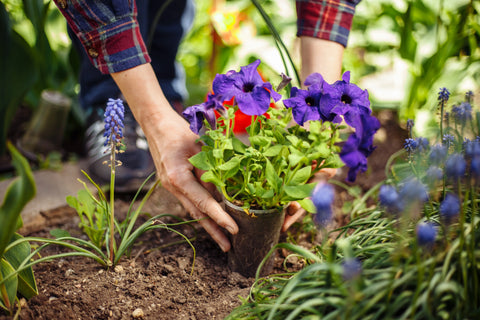Decorate your residence with stunning Hoya Plants
Read our primary recommendations for good maintenance of the Hoya's varieties as the most widespread indoor blooms. It's selected as the easiest, most beautiful indoor plant for novices.
Summary |
|
Light |
Regardless of having a waxy texture in their leaves, Hoya plants must be positioned with glowing, indirect sunlight. As non-succulent plants, Hoyas can't bear intense afternoon rays. |
Soil and Repotting
|
Hoya's most crucial requirement is potting mud with adequate air circulation. You must create a customized mixture for its soil and provide them in crowded pots. Their need for repotting is once to two or three years. |
Water
|
It's best to water them regularly with room-temperature water and add the frequency in the summer months. Allow having a dried top layer of mud between moistness process. Do not worry if Hoya's growth is slow in the fall and winter seasons since that is too typical for these plants. You won't even find it significant to water them regularly since, in colder times, these plants' soil doesn't dry out entirely. Overwatering might generate a falling off their gorgeous flowers, so pay attention to its watering schedule. |
Humidity |
As a tropical plant, it's very typical that Hoya plants blossom nicely in humid occurrences. In case of not having the possibility for a natural humidity level, utilize a humidifier to bring the levels up. It's highly used when the ambiance tends to dry out in the winter season. |
Temperature |
When maintaining Hoya plants, you should ensure a warm environment all year-round, not less than 16°C. It's most beneficial to keep plants away from heating or cooling areas. |
Pruning |
It's best to prune in the spring season before Hoya's blossoming initiates its process. Do not remove spurs since flowers will be produced from them every year. |
Multiplying Hoyas |
Thanks to stem cuttings or layering techniques, Hoyas are pretty effortless to reproduce. This procedure is successful if you take the cuttings from softwood branches 10-30 cm. With a sharp, pure tool, take the cutting at an angle, extract the damaged leaves, and put the cutting in water or a damp propagation mixture. The rooting procedure should ensue about four weeks. |
Wrapping Up... |
The number of flowers per plant annually leans on the number of leaves, age, and cultivation method. A beneficial and established plant can assemble 10-15 blooms in a year. |


